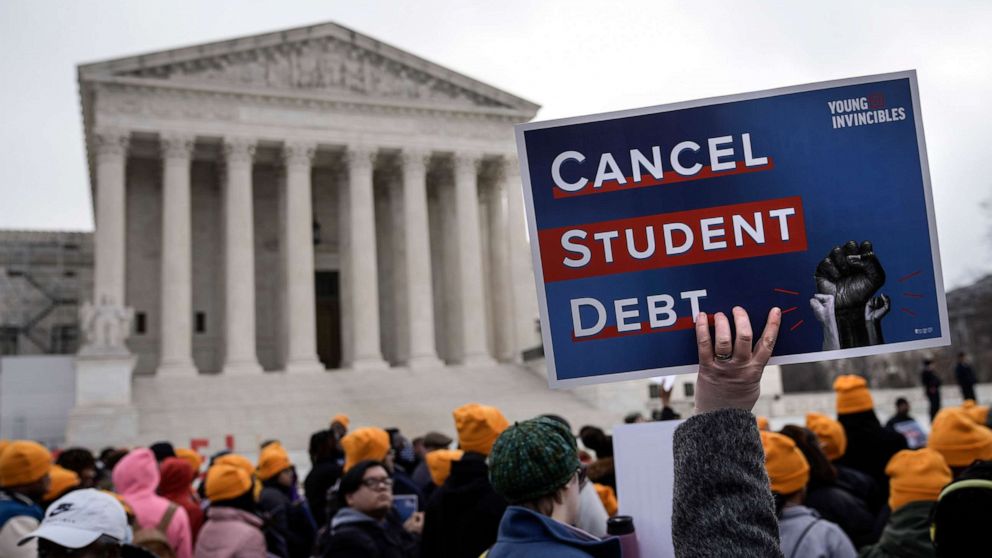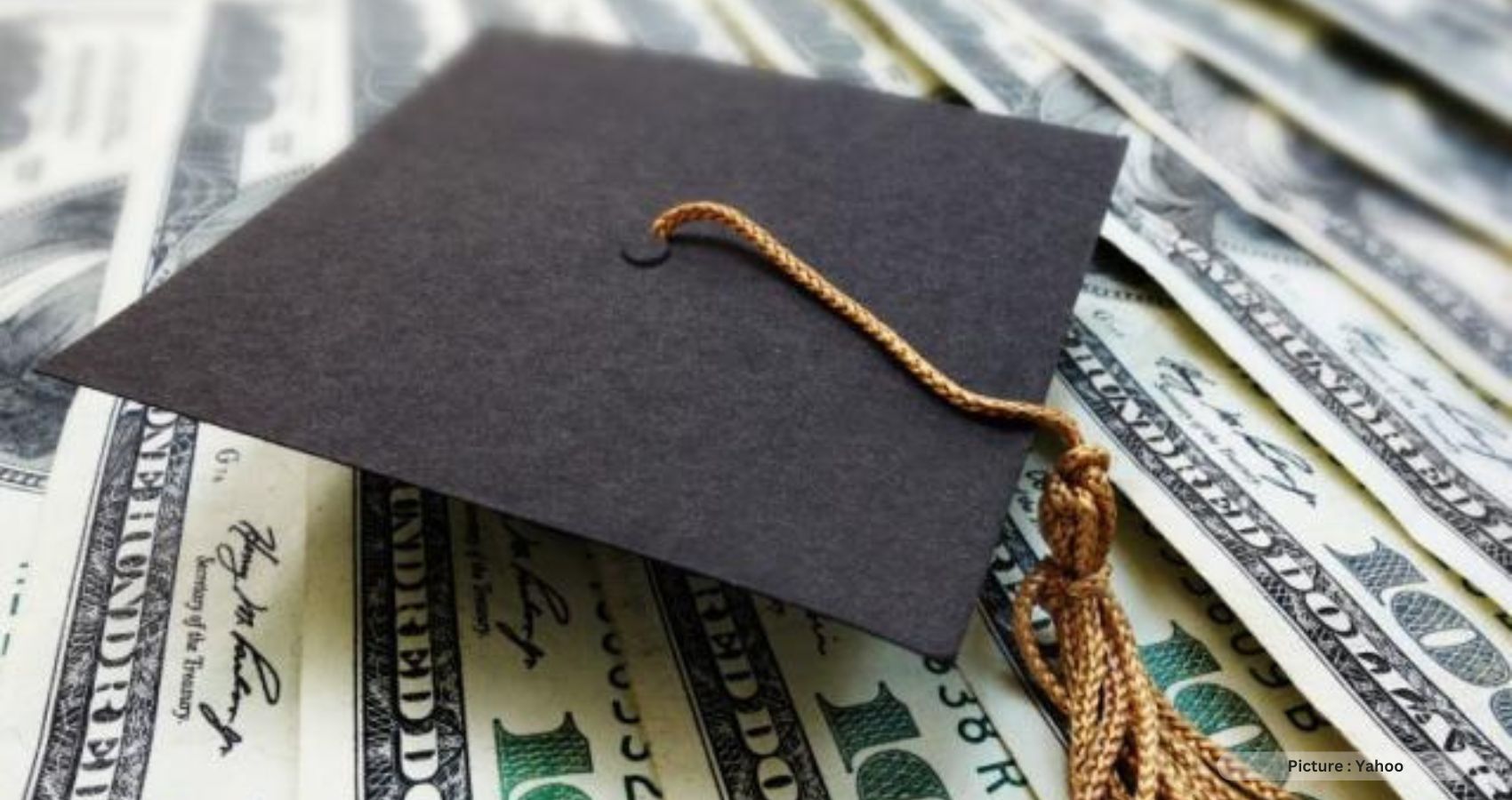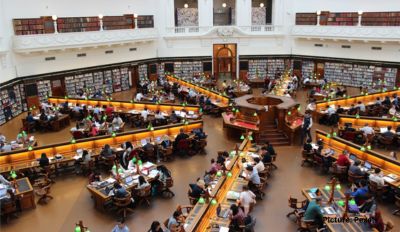After a pause of more than three years due to the economic upheaval caused by the coronavirus pandemic, student loan payments officially resume this Sunday. The Biden administration has made the decision to reactivate all student loan accounts, affecting over 28 million borrowers. Despite ongoing resistance from advocates and concerns about a potential government shutdown, this move has been met with mixed reactions.
Natalia Abrams, President and Founder of the Student Debt Crisis Center, expressed her dismay, saying, “It’s a sad day for student loan borrowers and for the country that student loans have to come back on, especially with the threat of a looming government shutdown, potentially on the same day. It’s just wild.”
A survey conducted by Life and My Finances in July revealed that half of borrowers claimed they did not earn enough to afford their student loan payments, and at the time, only 22 percent had a plan in place for repayment. Some borrowers have resorted to a “student debt strike,” refusing to make payments as a form of protest against the system.
President Biden, who had made relief for student loan borrowers a central promise of his 2020 campaign, has introduced an “on-ramp” repayment plan. Under this plan, borrowers can miss their monthly payments for the next year with fewer consequences than before. The Department of Education will not label borrowers as delinquent, garnish their wages, or send them to debt collectors if they miss payments. However, interest will continue to accrue on their loans, potentially affecting their credit scores, even though missed payments will not be reported to credit card companies.
Jacob Channel, Senior Economist and Student Loan Repayment Expert at Lending Tree, explained, “There could be situations where potentially because you’re not making your payments, the value of your loan is increasing because it’s collecting interest, so you will owe more money. The credit bureau takes that into account, and maybe your credit score gets dinged a little bit.”
Before the pandemic-induced pause, it was already evident that student loans were causing financial strain for millions of Americans, influencing significant life decisions. Nearly half of student loan borrowers in 2019 postponed homeownership due to their educational debt, according to real estate platform Clever.
Natalia Abrams highlighted the broader impact, stating, “In typical pre-COVID times, when people are paying their student loans, they’re not buying their children’s medication, they’re not able to save for a house or retirement. We know from polling borrowers for so many years that they were using their COVID pandemic money to pay for basic needs, and so the worry is that now they won’t be able to.”
The Biden administration has taken measures to alleviate the burden on borrowers before the repayment restart. This includes forgiving $117 billion in student loans for more than 3.4 million borrowers, primarily stemming from the borrower defense program, which forgives the debt of individuals defrauded by their schools.
President Biden had initially attempted to forgive at least $10,000 in student loans for all 45 million borrowers, but the Supreme Court rejected this plan in June. Nonetheless, the administration introduced a new income-driven repayment (IDR) program known as the Saving on Valuable Education (SAVE) plan, implemented in two phases.
The first phase, set to commence this year, increases the income exemption from 150 percent to 225 percent above the federal poverty guidelines. This means that an individual borrower earning up to $32,800 annually would have monthly payments of $0 on their student loans. A family of four with an income below $67,500 would also have monthly payments of $0.
Another significant change this year is the cessation of interest growth on unpaid balances for borrowers. In the following year, additional changes will be introduced, including halving monthly payments from 10 percent of discretionary income to 5 percent.
Natalia Abrams noted the significance of the SAVE plan for certain borrowers, saying, “The SAVE plan is a lifeline if you’re able to get on a $0 payment, and we have worked with some borrowers, especially older borrowers on Social Security, to get on that plan.” However, she also pointed out that the plan may not be beneficial for those whose income increased during the pandemic, as they could face higher payment requirements if they were previously on a different IDR plan.
As the resumption of student loan payments looms, a divide among politicians and policymakers has taken center stage. With 45 million borrowers, only 28 million are set to restart repayments in October, while others remain in various states of account suspension, including those still in school, in default, or awaiting debt discharge.
Republicans have welcomed the impending repayment restart, contending that delays and Biden administration promises have left borrowers in an unfavorable position. Adam Kissel, a visiting fellow at the Heritage Foundation’s Center for Education Policy, emphasized the need to address the root issue, stating, “This conversation distracts us from the core problem, which is making student loan money too easy, which causes tuition to rise and does not address what’s needed, which is that colleges need tough love to end their addiction to tuition.”
The Republican perspective has long centered on the argument that federal student debt relief is inequitable to those who never attended college or managed to pay off their student loans independently. They have put forward their proposals aimed at increasing transparency in the cost of college education.
“Republicans have brought forth a solution that holds colleges accountable for rising costs and empowers students and families to make the best decisions for their college careers and beyond. But if Congress fails to act, students will continue to drown in debt without a path to success,” emphasized Sen. Bill Cassidy (R-La.), ranking member of the Health, Education, Labor, and Pensions Committee.
The revival of student loan payments also coincides with Congress’s ongoing struggles to keep the government operational. Even before the shutdown debate emerged, it was clear that student loan servicers were grappling with customer service challenges due to insufficient funding, potentially affecting wait times for borrowers seeking assistance.

However, according to the White House, a government shutdown, particularly if prolonged, could exacerbate the situation. Karine Jean-Pierre, Biden’s press secretary, noted, “So, you know, if this happens, if Republicans in Congress, you know, go down this road of shutting down the government, we anticipate that key activities at Federal Student Aid will continue for a couple of weeks.” She added that “an extreme Republican shutdown, if this occurs, could be disruptive.”
The resumption of repayments also arrives just a year before the 2024 presidential election, a politically sensitive time to displease student loan advocates. Progressive Democrats are expected to exert more pressure on President Biden to provide greater student debt relief than he has been willing to consider thus far.
Even prior to a Supreme Court ruling, prominent Democrats like Senate Majority Leader Chuck Schumer (N.Y.) and Sen. Elizabeth Warren (Mass.) had been advocating for $50,000 in student loan relief for all borrowers. Warren, in particular, had asserted, “It’s the right number, it’s where a lot of people intersect that we could transform an entire generation.”
In response, the Department of Education is actively pursuing an alternative path to provide some relief. They intend to utilize the negotiated rulemaking process under the Higher Education Act. While the department has unveiled its initial policy considerations for the new plan, these seem to be considerably more targeted than the broad relief previously promised.
The administration aims to offer targeted relief for specific groups of borrowers. However, these considerations are not set in stone, and the first meeting regarding the future proposal is scheduled for October 10th and 11th. Finalizing any plan is expected to extend well into 2024, with potential legal challenges likely to further delay any relief.
The imminent resumption of student loan repayments has reignited political debates, with Republicans emphasizing accountability in higher education costs and Democrats, particularly progressives, pushing for more extensive debt relief. Amidst these political divisions, the Department of Education is exploring alternative avenues for targeted relief, but any significant changes are still on the horizon and subject to potential legal battles.











